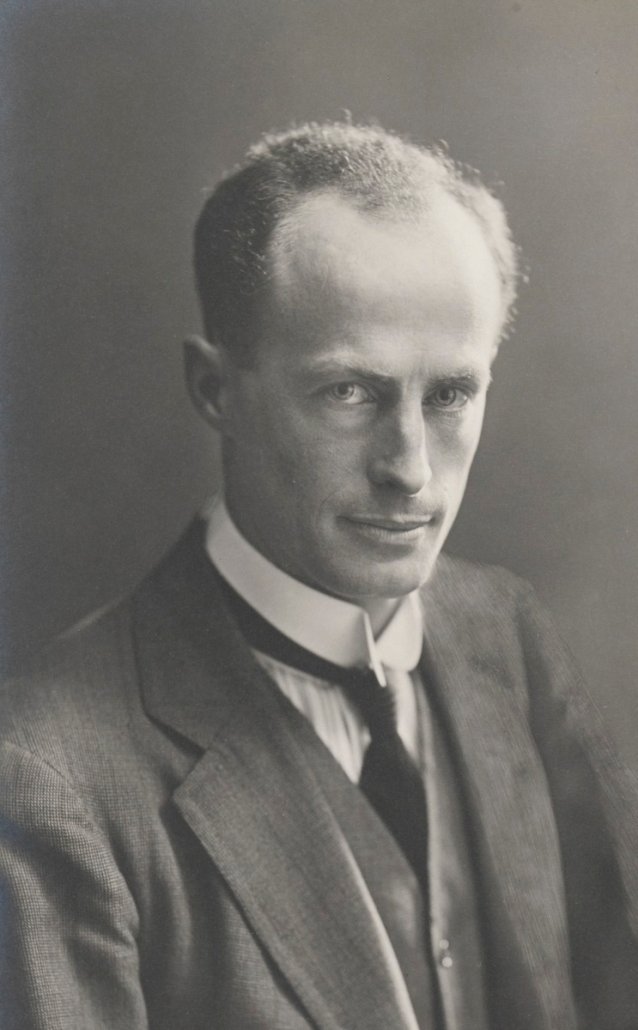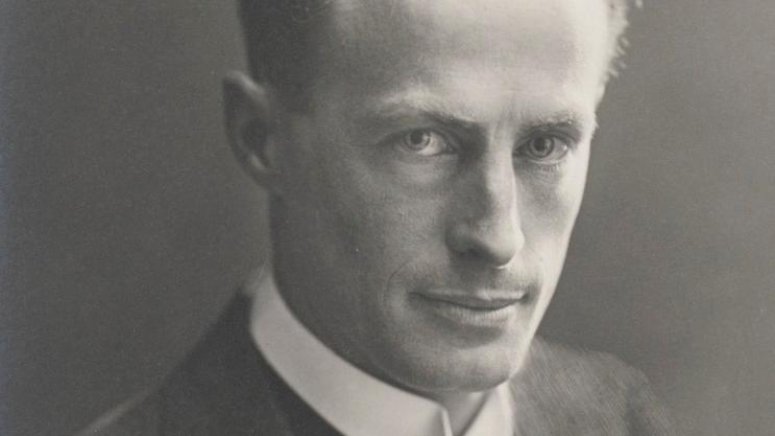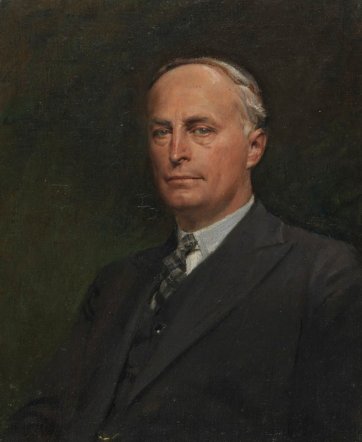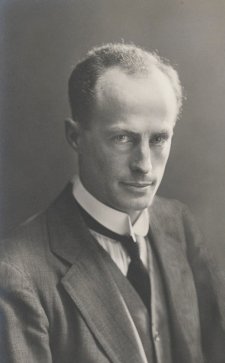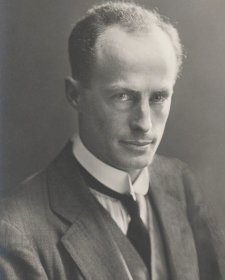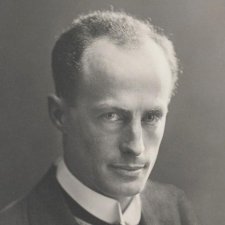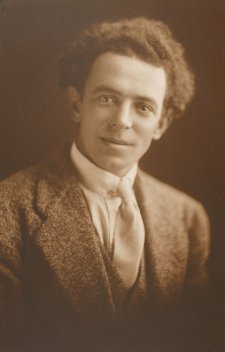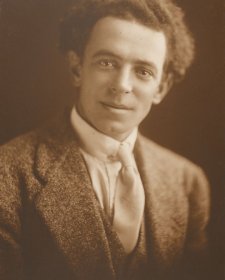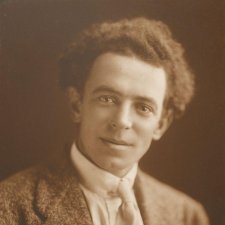Sir Douglas Mawson OBE FRS (1882–1958) was a geologist and Antarctic explorer. Born in Yorkshire, Mawson was two years old when his family emigrated to Australia and eventually settled in the inner Sydney suburb of Glebe. He was admitted to Sydney University at age sixteen, completing studies in mining engineering and geology there before taking up a position as lecturer in mineralogy and petrology at the University of Adelaide. Mawson made the first of his three journeys to Antarctica as physicist to Sir Ernest Shackleton’s British Antarctic Expedition, conducted between 1907 and 1909. On that trip and with his mentor, geologist TW Edgeworth David, Mawson completed a dangerous 122-day sled journey and recorded observations at the South Magnetic Pole. Two years later, Mawson led his own expedition, the Australasian Antarctic Expedition (AAE) of 1911–14. Notable for its numerous scientific and geographical achievements, the AAE is equally legendary for Mawson’s survival during another epic sled journey to the South Pole that claimed the lives of his two companions. Mawson returned from the expedition a hero and was knighted. After serving with the British Ministry of Munitions and the Russian Military Commission during World War I, Mawson returned to Adelaide University, where he was Professor of Geology and Mineralogy for the remainder of his life. He revisited Antarctica as leader of the British, Australian and New Zealand Antarctic Research Expedition (BANZARE) of 1929–30 and 1930–31, a venture that later resulted in Australian control of almost six million square kilometres of the continent. In 1947, Mawson completed writing and editing the twenty-two volumes of reports on the scientific findings of the AAE. He retired from the University of Adelaide – the geology building of which bears his name – in 1952. He died six years later, survived by his wife and two daughters, and was honoured with a State funeral in Adelaide. Described by Edgeworth David as a man of ‘infinite resource, splendid physique and astonishing indifference to frost’, Mawson is counted among the twentieth century’s most eminent explorers.
This photograph of Douglas Mawson in his early thirties was taken at a commercial photography studio in London during World War I. It was donated to the National Portrait Gallery by the subject’s daughter in 2000.
Collection: National Portrait Gallery
Gift of Mrs J.Q. McEwin 2000
The National Portrait Gallery respects the artistic and intellectual property rights of others. Works of art from the collection are reproduced as per the
Australian Copyright Act 1968 (Cth). The use of images of works from the collection may be restricted under the Act. Requests for a reproduction of a work of art can be made through a
Reproduction request. For further information please contact
NPG Copyright.
